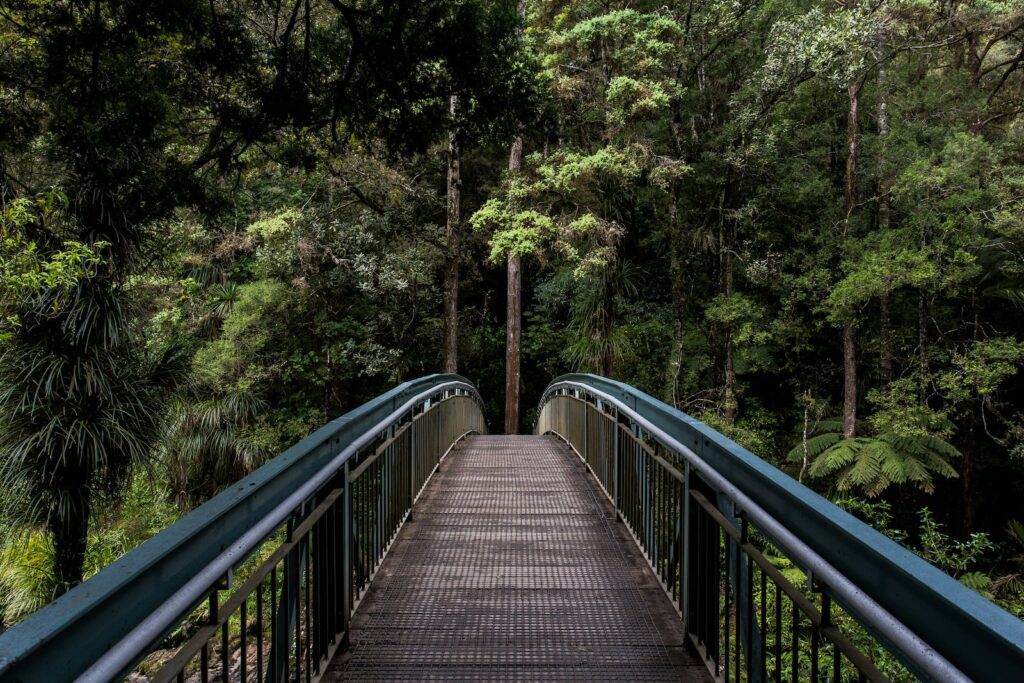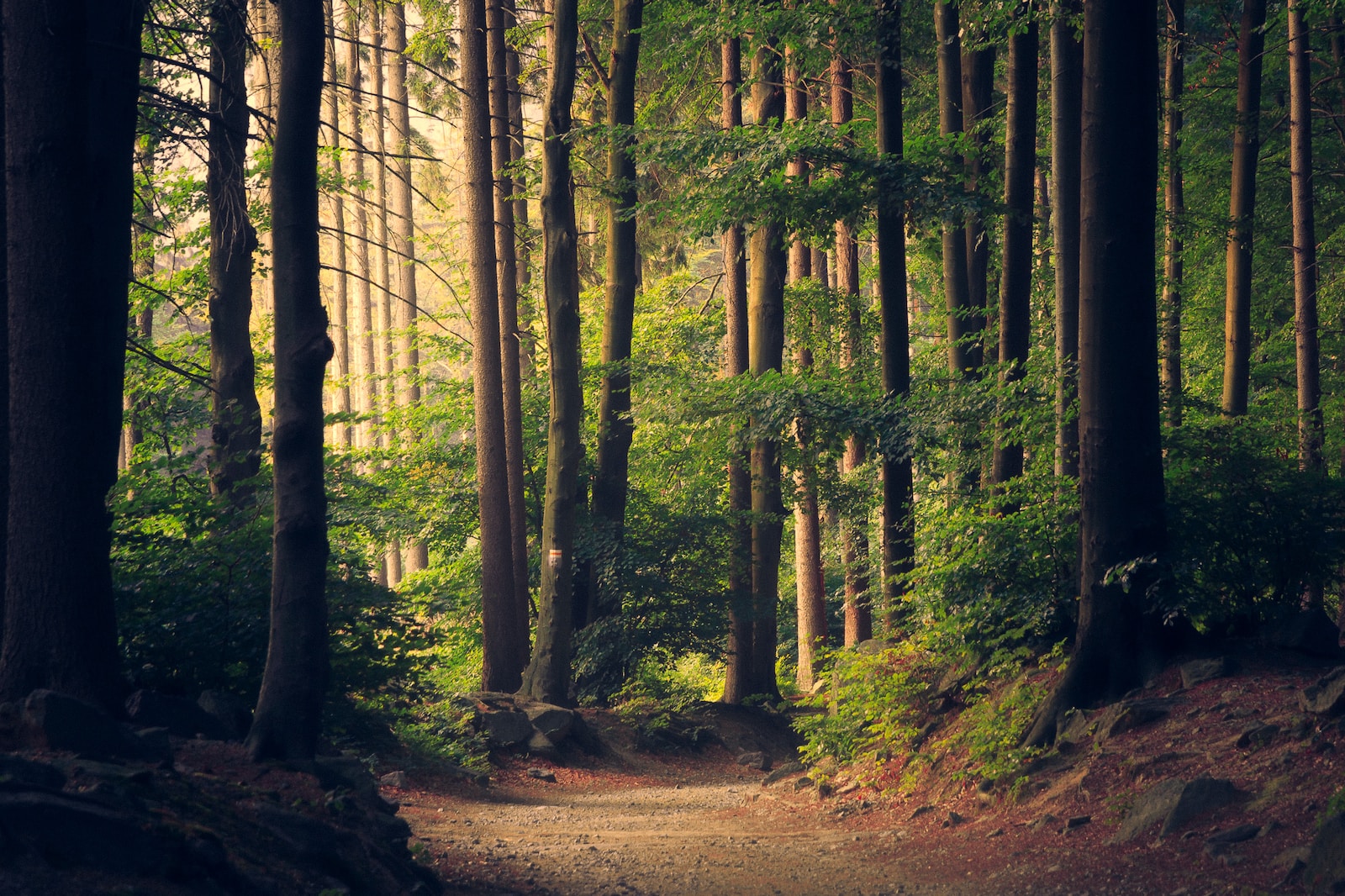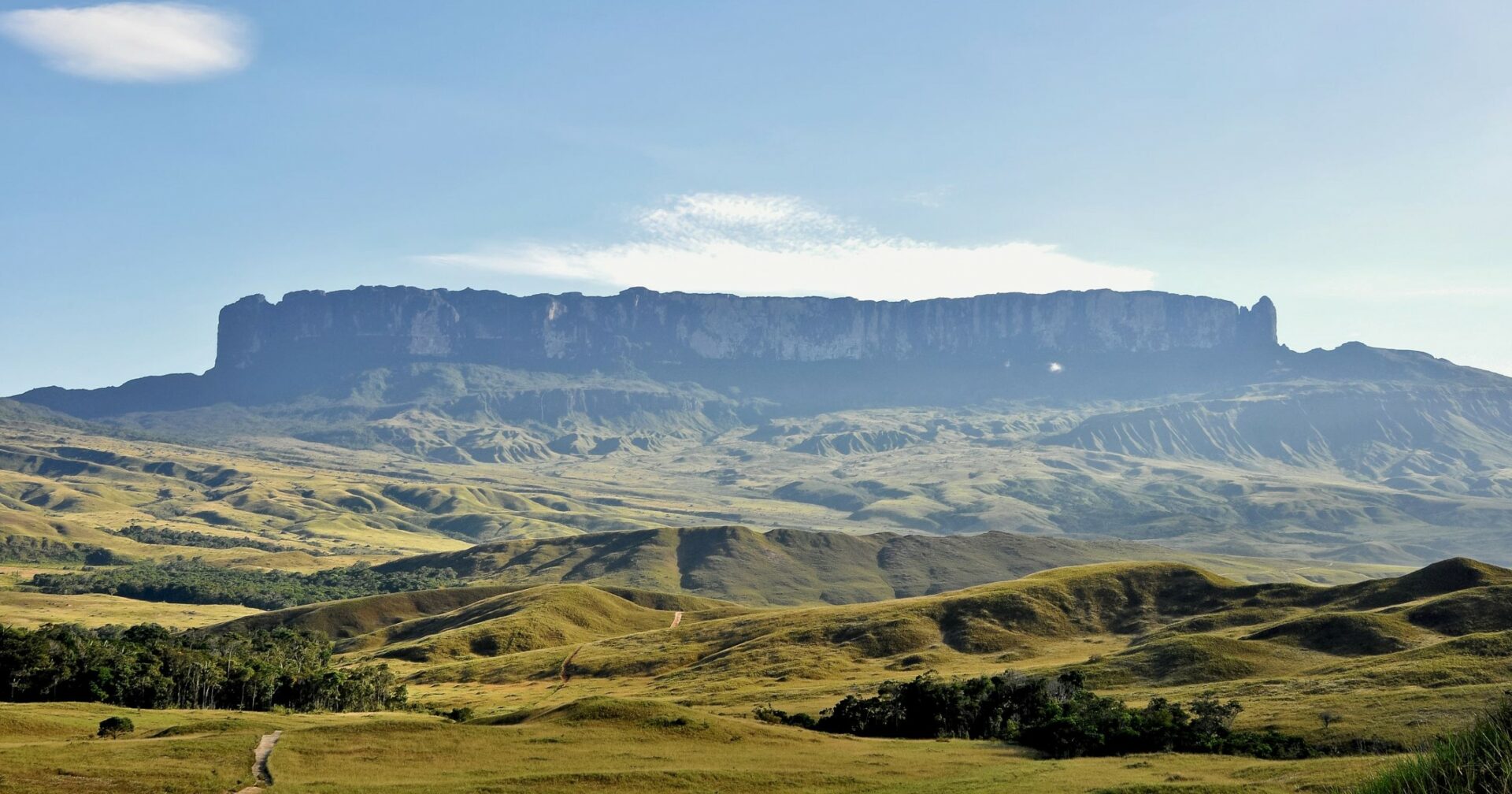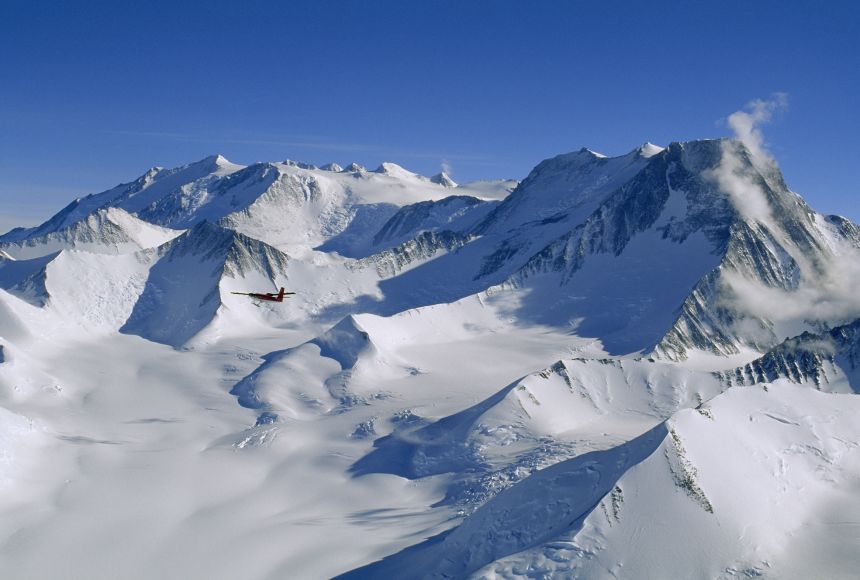Welcome to The Naturalist’s Lens: Exploring Nature Photography, your comprehensive guide on how to capture the spirit of nature in your frames. Whether you’re an amateur photographer looking to enhance your skills or a seasoned pro seeking inspiration, this blog is for you. Join us as we embark on a journey through stunning landscapes, breathtaking wildlife encounters, and the wonders of nature’s beauty. Get ready to immerse yourself in the world of nature photography and discover tips, techniques, and tricks to take your images to a whole new level.
Table of Contents
- The Beauty of Nature Photography
- Choosing the Perfect Camera and Lenses for Nature Photography
- Choosing the Right Time for Nature Photography
- Frequently Asked Questions
- 1. What equipment do I need to get started with nature photography?
- 2. How can I improve the composition of my nature photographs?
- 3. How can I capture sharp and detailed nature photographs?
- 4. What are some techniques for photographing wildlife in their natural habitat?
- 5. How can I effectively capture the beauty of landscapes in my photographs?
- 6. How can I enhance the colors in my nature photographs?
- 7. Where can I find inspiration and resources to improve my nature photography?
- Wrap Up
The Beauty of Nature Photography
Nature photography captures the essence and beauty of the natural world. From mesmerizing landscapes to captivating wildlife, nature offers endless possibilities for stunning photographs. In this section, we will explore some of the most enticing subjects to photograph in nature and discuss techniques to make your images truly stand out.
1. Majestic Landscapes
The vastness and grandeur of landscapes provide an incredible canvas for photographers. From rolling hills to towering mountains, there is no shortage of breathtaking scenes to capture. To create impactful landscape photographs, consider incorporating the following techniques:
- Composition: Use the rule of thirds to create a balanced and visually appealing image. Place points of interest along the imaginary grid lines to draw the viewer’s eye.
- Lighting: Take advantage of golden hour, the period shortly after sunrise or before sunset, when the natural light creates warm, soft tones. Experiment with backlighting and shadows to add depth and drama to your photographs.
- Foreground Elements: Include interesting foreground elements, such as rocks or flowers, to add depth and create a sense of scale within your landscape.
2. Enchanting Wildlife
Photographing wildlife offers a unique opportunity to capture the beauty and behavior of animals in their natural habitats. Here are some tips to consider when photographing wildlife:
- Patience and Observation: Wildlife photography requires patience and a keen eye. Take the time to observe your subjects, their behavior, and their surroundings. By understanding their habits, you can anticipate meaningful moments to capture.
- Focus and Depth of Field: When photographing animals, it’s essential to focus on the eyes to create a connection with the viewer. Use a wide aperture to achieve a shallow depth of field, isolating the subject from the background and adding a pleasing bokeh effect.
- Fast Shutter Speed: Wildlife tends to be in constant motion, so using a fast shutter speed will help freeze the action and capture sharp images.
Remember, the key to capturing stunning nature photographs lies in both technical skills and creativity. Experiment with different angles, perspectives, and settings to add variety to your portfolio. Practice regularly, immerse yourself in nature, and embrace the wonders of the natural world through the lens of your camera.
Did you know that nature photography is an art form that allows us to capture the beauty of the world around us? Through the lens of a camera, we can freeze a moment in time, preserving the intricate details and ethereal allure of nature's wonders.
Choosing the Perfect Camera and Lenses for Nature Photography
When it comes to nature photography, having the right gear can make all the difference in capturing those breathtaking shots. While there are various options available, here are some factors to consider when choosing your camera and lenses:
- Camera: The most crucial element is a camera that suits your needs and budget. Look for a camera with a high-resolution sensor and excellent low-light capabilities. This will ensure that your images are sharp and vibrant, even in challenging lighting conditions.
- Lenses: The lens you choose will greatly impact the quality and range of your nature photography. A versatile zoom lens, such as a 24-70mm or 70-200mm, is a great option for capturing expansive landscapes and zooming in on wildlife. Additionally, investing in a macro lens will allow you to capture intricate details of flowers, insects, and other small subjects.
- Alternative Options: For those on a tight budget, consider purchasing a second-hand camera or lenses. While they may not have the latest technology, they can still produce outstanding results. Alternatively, renting camera gear can be a cost-effective solution for occasional nature photography outings.
Additional Equipment for Nature Photography
Besides a camera and lenses, there are a few other essential items to enhance your nature photography experience:
- Tripod: A sturdy tripod is essential for sharp and stable shots, especially in low-light situations or when using longer focal lengths. Look for lightweight and compact options for easy transport during long walks in nature.
- Filters: Filters, such as polarizing filters or neutral density filters, can significantly enhance your images. A polarizing filter reduces glare and enhances the colors of the sky and foliage, while a neutral density filter allows you to achieve long exposure effects, capturing the smooth motion of flowing water or ethereal clouds.
- Remote Shutter Release: A remote shutter release eliminates the risk of camera shake when taking long-exposure shots or capturing wildlife from a distance. This simple accessory can make a significant difference in the sharpness of your images.
- Camera Bag: Protect your precious equipment with a well-padded camera bag that offers ample storage space for your camera body, lenses, and accessories. Look for a bag with adjustable compartments to accommodate your specific gear.
Remember, the specific equipment you choose ultimately depends on your photography style and preferences. Experiment with different combinations to find the perfect setup for your nature photography adventures!

Choosing the Right Time for Nature Photography
When it comes to capturing the beauty of nature through your lens, timing is everything. The different seasons bring their own unique landscapes and lighting conditions, each offering a different atmosphere to your photographs. Let’s explore the best times of the year to capture nature at its finest.
- Spring: Spring is a wonderful time for nature photography, as it breathes life into the world around us. The vibrant colors of blooming flowers, blossoming trees, and newborn animals provide endless opportunities for captivating shots. The soft morning light and the rejuvenation of nature after the cold winter months make spring an ideal season for capturing the essence of life.
- Summer: Summer offers longer days and plenty of sunshine, making it a prime time for photography enthusiasts. The vibrant greenery and clear blue skies create a stunning backdrop for your images. Golden hour, the period just after sunrise or before sunset, bathes everything in warm and soft light, allowing you to capture breathtaking silhouettes and dramatic landscapes.
- Fall: Autumn brings a magical transformation in nature, with its fiery hues of red, orange, and gold. The changing leaves create a picturesque scene that is perfect for nature photographers. The warm and golden tones, along with the crisp air, add depth and richness to your photographs. Don’t miss the opportunity to capture the beauty of fall foliage before winter takes over.
- Winter: While winter may be seen as a challenging season for nature photography, it offers its own unique charm. The snowy landscapes, frozen lakes, and bare trees can create breathtaking and minimalist compositions. Embrace the low-angle sunlight, which casts long shadows and brings out the intricate textures of the frost-covered world. Capture the tranquility of the winter wonderland during the early morning or before sunset for the best results.
Finding the Perfect Vantage Points and Positions
Now that you know the best times of the year to photograph nature, let’s discuss finding the ideal vantage points and positions to enhance your shots.
- Elevated Viewpoints: Seek out viewpoints that offer a higher perspective, such as hills, mountains, or observation decks. These elevated positions provide a sweeping view of the landscape, allowing you to capture the grandeur of nature from above. Incorporating leading lines, like rivers or trails, can guide the viewer’s eyes through the frame, adding depth and interest to your images.
- Low and Ground-Level Shots: To add a unique perspective to your nature photography, get down low and explore the world from a different angle. Getting closer to the ground can create a sense of intimacy and showcase the intricate details of plants, flowers, or small creatures. Don’t be afraid to lay on the ground or use a tripod for stability when capturing these low-angle shots.
- Water Reflections: Water bodies such as lakes, rivers, or even dewdrops can provide stunning reflections that add a magical touch to your nature photographs. Look for calm water surfaces and experiment with different angles to capture captivating mirror images. The reflections can amplify the beauty of the scene and create a surreal ambiance.
- Foreground Elements: Incorporating foreground elements into your composition can add depth and create a strong focal point in your photographs. It might be a fallen log, rocks, or flowers. By placing them in the foreground of your frame, you can create a visual pathway that leads the viewer into the image and toward the main subject.
By understanding the best time of year and experimenting with different vantage points and positions, you can elevate your nature photography to new heights. Remember to always consider the unique elements of the current season and utilize your creativity to capture the spirit of nature in your frames.
One helpful tip for nature photography is to invest in a sturdy tripod. It helps in keeping your camera steady, especially when shooting in low light conditions or capturing details in macro photography. A tripod also allows you to experiment with longer exposure times to create beautiful motion blur effects such as silky waterfalls or flowing clouds.
Frequently Asked Questions
1. What equipment do I need to get started with nature photography?
To get started with nature photography, you will need a camera, preferably a digital single-lens reflex (DSLR) camera, which provides more control over settings and better image quality. Additionally, investing in a good lens, such as a wide-angle or telephoto lens, will expand your creative options. Don’t forget essential accessories like a tripod, memory cards, and extra batteries.
2. How can I improve the composition of my nature photographs?
To improve the composition of your nature photographs, consider the rule of thirds. Place your main subject off-center, dividing the frame into thirds vertically and horizontally. Experiment with leading lines, framing, and different angles to add interest and depth to your images. Also, pay attention to the foreground and background elements to create a more balanced composition.
3. How can I capture sharp and detailed nature photographs?
To capture sharp and detailed nature photographs, use a tripod to avoid camera shake. Set a higher shutter speed to freeze any motion, and use a smaller aperture (higher f-stop value) to increase the depth of field. Additionally, adjusting the focus manually and utilizing the camera’s autofocus feature can help achieve sharpness. Regularly clean your lens and use lens filters to reduce glare and enhance image quality.
4. What are some techniques for photographing wildlife in their natural habitat?
When photographing wildlife in their natural habitat, patience is key. Be observant and anticipate their behavior to capture candid moments. Use a telephoto lens to maintain a safe distance and avoid disturbing the animals. Shoot in burst mode to increase your chances of capturing the perfect shot. It’s essential to respect the animals’ space and not interfere with their natural behavior.
5. How can I effectively capture the beauty of landscapes in my photographs?
To effectively capture the beauty of landscapes in your photographs, pay attention to lighting and weather conditions. Consider shooting during the golden hours (early morning and late afternoon) when the light is soft and warm. Use a wide-angle lens to emphasize the vastness of the scene. Experiment with different perspectives and incorporate interesting elements such as layers, textures, and leading lines to create engaging compositions.
6. How can I enhance the colors in my nature photographs?
To enhance the colors in your nature photographs, consider shooting during the magic hour, just after sunrise or before sunset, when the light is softer and warmer. During the editing process, make use of post-processing software to adjust the white balance, saturation, and contrast. Experiment with different color grading techniques to bring out the vibrancy and richness of the natural hues.
7. Where can I find inspiration and resources to improve my nature photography?
There are various sources of inspiration and resources available to improve your nature photography skills. Follow and engage with fellow photographers on social media platforms like Instagram and join photography communities to exchange ideas and learn from others. Attend workshops, seminars, and photography tours to enhance your knowledge and gain hands-on experience. Explore nature photography books, blogs, and magazines to gather insights and stay updated with the latest trends.
Wrap Up
Now that you have learned the essential tips and tricks for capturing the beauty of nature through your lens, it’s time to put your skills into action. Grab your camera, immerse yourself in the wonders of the natural world, and let your creativity soar.
I hope this comprehensive guide has inspired you to explore the art of nature photography and given you the confidence to capture stunning images. Remember, practice makes perfect, so keep honing your skills and experimenting with different techniques.
I would love to hear about your own experiences and see the incredible photographs you’ve captured. Don’t hesitate to leave a comment below and share your thoughts or ask any questions. Let’s embark on this beautiful journey of nature photography together!



